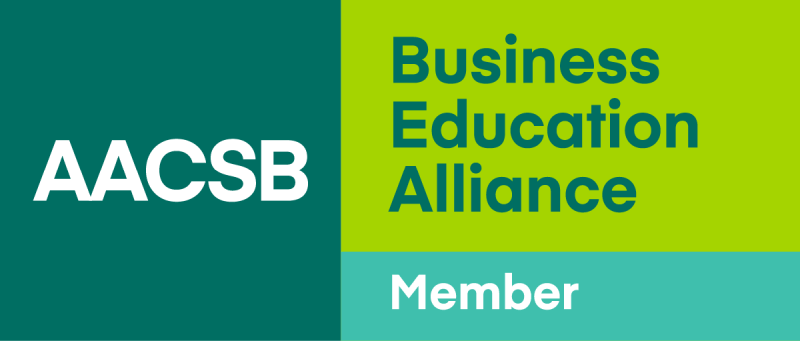Maximizing Social Impact - A Lean Management Approach at The Food Bank Singapore
The Food Bank Singapore implemented lean principles in the organization, approaches that are widely adopted in the manufacturing and services industries. How did the charity organization manage to implement such approaches in its operations?
At a glance
Country
Singapore
Founded
2012
Sector
Food Donation
Income
US$5.2 million
approx. 6.9 million Singaporean dollars and refers to donations, grants, sales, interest, etc. for FY 2022
Abstract
The Food Bank Singapore, established in 2012, plays a pivotal role in addressing food waste and hunger in a nation known for its economic prosperity yet marked by disparities in food distribution. The organization has built a robust network to collect surplus food and redistribute it to those in need, embodying its mission to reduce waste while alleviating food insecurity.
This case study explores how The Food Bank Singapore has adopted Lean Management principles, commonly associated with manufacturing, to optimize its operations and maximize social impact. By tackling challenges such as food waste in the supply chain, increasing food insecurity, and donor fatigue, the organization has prioritized beneficiary needs through active listening and data-driven strategies. The case highlights how these efforts have enhanced food distribution efficiency, improved service quality, and established a culture of continuous improvement, offering valuable lessons for non-profits aiming to achieve greater impact with limited resources.
All rights reserved. © 2025 Nikkei Business Lab Asia. No part of this publication may be copied, stored, or transmitted in any form. Copying or posting is an infringement of copyright.
Disclaimers:
(1) Regarding Case Study Content: This case study is based mainly on secondary data and analysis of publicly available information unless otherwise stated, and is intended solely for educational purposes. Any opinions expressed by the author(s) are designed to facilitate learning discussion and do not serve to illustrate the effectiveness of the company. Additionally, banner images and logos used in the case study are intended for visualization in an educational setting and it is not used to represent or brand the company. For any dispute regarding the content and usage of images and logos, please contact the team.
(2) Regarding University Affiliation and Titles of Authors: The university affiliation and titles of author(s) seen in the case study is based on their affiliation and title during the time of publication. It may or may not represent the current status of said author(s).
